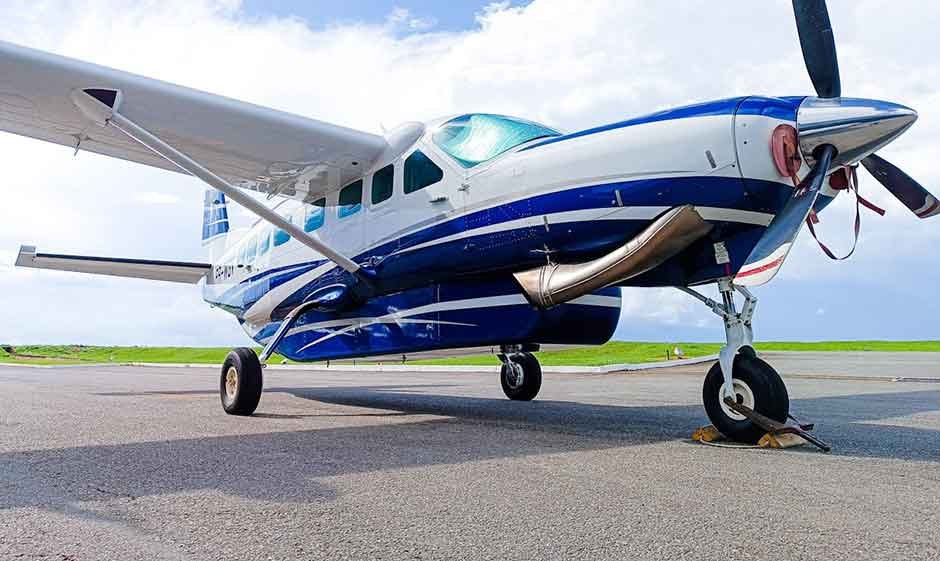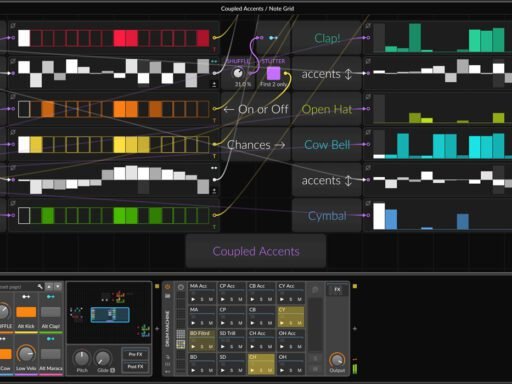Advanced avionics test equipment makes sure each part of the cockpit works right and keeps every flight safe. Real-time data analysis ensures systems meet strict safety and performance standards. Optimized tools significantly boost reliability, support mission success, and enhance operational efficiency. Read below to learn more.
Choosing the Right Test Tools
Selecting the proper avionics test equipment starts the path to accurate checks. Engineers look at each system’s needs, such as radios, navigation units, or flight computers. They pick signal generators, oscilloscopes, and cable testers that match those needs. A tool with clear screens and simple controls speeds up tests on complex circuits. Portable units help check gear inside the cockpit or on the tarmac. Matching each tool to the task prevents wasted effort and wrong readings. Careful tool choice lays a solid base for all later tests and helps keep every part of the avionics chain reliable.
Verifying Signal Accuracy
A core task of test gear involves sending and measuring signals that mimic real flight data. Engineers connect signal generators to radios and navigation boxes to check frequency and strength. High-precision meters record voltage levels and timing on each wire. These readings show if signals stay steady or wobble under load. Any drift in frequency or drop in power can lead to wrong readings in flight. Test gear with tight tolerances catches these flaws early. Recording each result in a test log gives a clear history of system health. Accurate signal checks help avionics work right in all weather and conditions.
Testing Navigation Systems
Navigation units guide each plane along its path and need precise checks. Advanced test equipment simulates GPS signals and VHF navigation beacons to feed data into each unit. Engineers watch how the unit reads position, heading, and waypoints on its display. They adjust test settings to match altitude and speed ranges. This step shows if the navigator holds the course or jumps between points. Test gear that logs every reading helps engineers spot small drops in accuracy over time. Safe flights depend on steady navigation performance, and thorough testing makes that performance clear and reliable.
Checking Communication Links
Clear radio and data links keep pilots in touch with towers and other planes. Test gear sets up mock calls on VHF radios and measures audio clarity and signal reach. Engineers use spectrum analyzers to scan frequencies for noise or interference. Data modules get tested for packet loss and latency in digital links. Each test runs long enough to catch any glitch that shows up after minutes of use. Test logs record audio levels and data rates for later review. Reliable communication checks give confidence that every cockpit conversation and data link stays clear, even in busy airspace.
Monitoring Power and Backup Systems
Avionics gear runs on main power and backup sources that need their own tests. Engineers plug test meters into power buses to check voltage stability under normal and backup loads. They test battery packs and emergency power units to see how long each supply holds under full load. Test equipment tracks drop-out times and recovery speeds when switching sources. These checks ensure display screens, radios, and navigation units stay on during power glitches. Monitoring power health helps prevent sudden blackouts in flight. Solid power testing builds a safety net for every critical avionics function.
Analyzing Test Data for Improvements
Collecting raw readings is only part of the job; analysis turns data into action. Engineers use software that links to test gear and pulls in logs on signal strength, power levels, and error rates. Charts and tables show trends over hours or days of testing. Teams spot patterns, such as slow signal drift or battery drain under load. Clear reports point to needed repairs, part swaps, or calibration tweaks. Engineers then rerun key tests to confirm fixes. Ongoing data analysis keeps avionics systems in peak condition and cuts down on unplanned maintenance days.
Conclusion
Advanced avionics test equipment brings clear insights into each cockpit system’s health. Choosing the right tools and running precise signal, navigation, and communication tests catch small flaws early. With careful testing and clear reports, every flight can run smoothly and safely.






